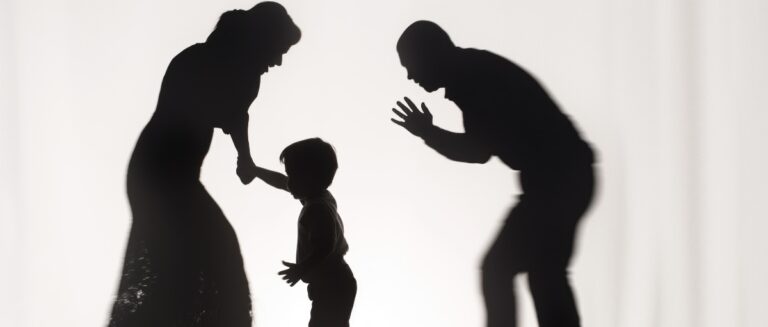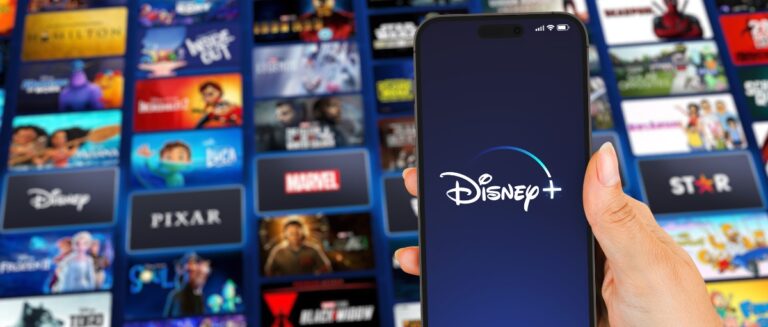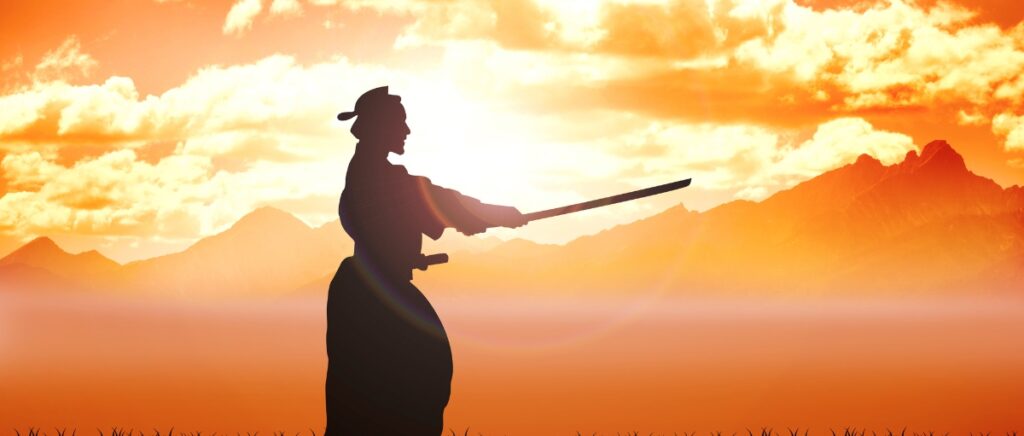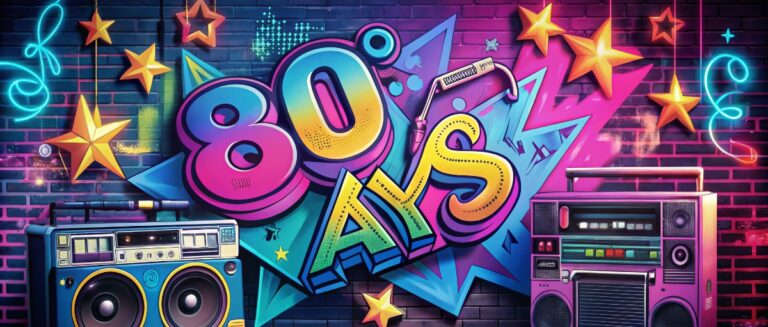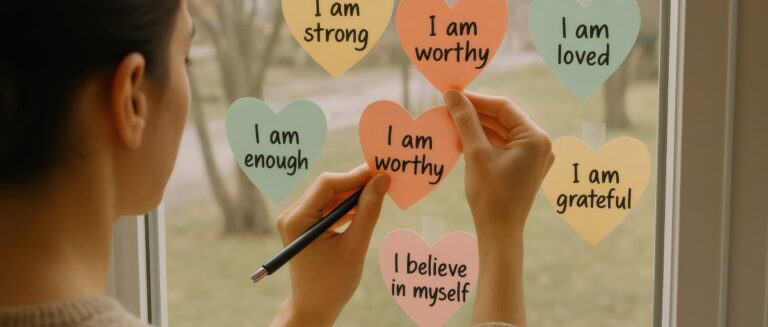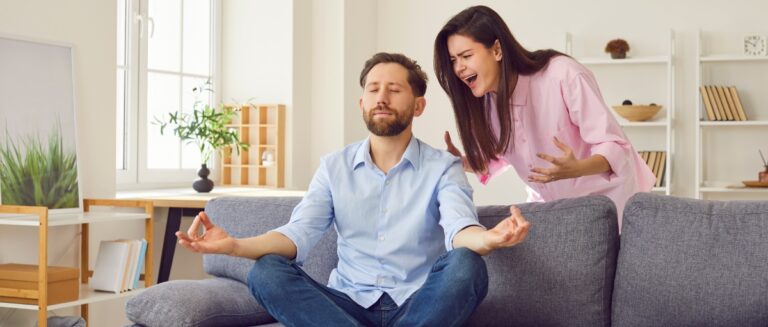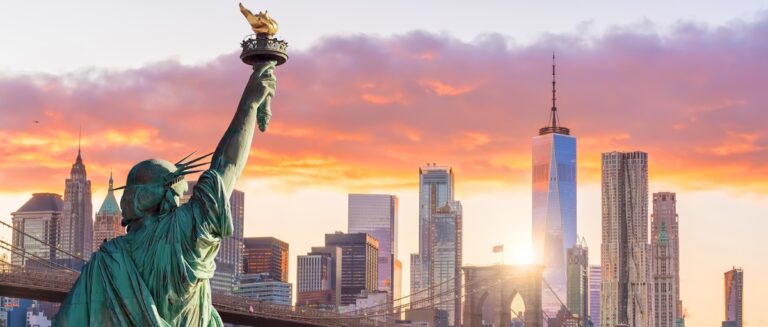“The sword is the soul. Study the soul to understand the sword. Evil mind, evil sword.” This memorable line from The Sword of Doom eloquently sums up the epic drama at the heart of samurai films.
Samurai movies, known as “chanbara” in Japan, are perhaps Japan’s quintessential cinematic genre. Revolving around the legendary swordsmen of feudal Japan, these films have captivated audiences for nearly a century with their deft blend of historical drama, stylized action, and philosophical weight.
From Akira Kurosawa’s groundbreaking classics like Seven Samurai and Yojimbo to revisionist masterpieces like Harakiri and Samurai Rebellion, samurai cinema encompasses some of the most thrilling and profound films ever made. The genre has also been hugely influential, inspiring everything from Westerns and Star Wars to hip-hop and modern action flicks.
We’ll explore the history, major works, themes, and enduring impact of samurai movies, including a carefully curated samurai movie list. Whether you’re a die-hard fan or a curious newcomer, you’re in for a fascinating look at the films that define bushido cool. Put on your hakama, grab your katana, and get ready to immerse yourself in the way of the samurai on screen.
Inside Japan’s Most Influential Film Genre
Japan’s samurai films, known for their tales of honor and combat, have greatly influenced global cinema. These films combine action with profound ethical questions and have evolved from historical narratives to modern interpretations, captivating audiences with their unique mix of tradition and cinematic flair. Some of the best new and old samurai movies include:
Early Years (1920s-1940s)
Samurai have been famous heroes in Japanese culture for centuries. These great warriors continue to profoundly influence Japanese culture, and the heritage of the samurai can be observed throughout Japan, such as gardens or castles. So it’s no surprise that when motion pictures arrived in Japan in the early 20th century, samurai quickly became a favorite subject.
1. Hour of Death (1925)
The first samurai film, Masashi Shozo’s Hour of Death, hit theaters in 1925, launching the “chanbara” genre named after the onomatopoeia for the clashing of swords. These early films portrayed samurai as noble heroes, drawing heavily from kabuki conventions. Tame by today’s standards, they nevertheless captivated audiences with their sword fights and romantic plots.
2. Capricious Young Man (1936)
As talkies emerged in the 1930s, samurai movies began tackling more political themes. Films like Mansaku Itami’s Capricious Young Man depicted samurai rebelling against cruel warlords, reflecting the growing militarism in Japan. During WWII, the government tightened control over the film industry.
3. The 47 Ronin (1941)
Teinosuke Kinugasa’s The 47 Ronin offers a thoughtful retelling of Japan’s legendary tale of loyalty and vengeance. Focusing on the emotional and moral struggles of the samurai, the film emphasizes honor and duty over action. Its reflective tone aligns with wartime sentiments, exploring themes of sacrifice and collective identity in Japanese culture.
Golden Age (1950s)
In the post-war period, samurai movies entered a renaissance as filmmakers used the genre to explore humanist themes. Director Akira Kurosawa elevated the samurai film to unprecedented artistic heights with philosophically rich masterpieces like:
4. Rashomon (1950)
Akira Kurosawa’s Rashomon introduced a groundbreaking narrative structure, showing a crime from different, conflicting perspectives. Set in feudal Japan, the film explores the nature of truth and morality, gaining international acclaim and bringing Japanese cinema to global attention.
5. Seven Samurai (1954)
Seven Samurai is a Kurosawa epic about a group of samurai defending a village from bandits. Blending action, honor, and sacrifice set the standard for ensemble films and influenced many action movies worldwide.
6. The Hidden Fortress (1958)
The Hidden Fortress is an adventure that follows peasants helping a general and a princess escape enemy forces. Known for its humor, action, and influence on Star Wars, it blends lightheartedness with tension.
The 1950s-60s marked the peak of the samurai film’s cultural impact and critical prestige. Ran, Kurosawa’s stunning 1985 epic, is considered the last great film of this golden age. However, as the classical studio system declined and the popularity of samurai films waned in the late 1960s, a new wave of auteurs stepped in to reshape the genre.
Revisionist Period (1960’s-200’s)
Starting in the late 1960s, directors began subverting the romanticized image of the samurai and exposing the oppressive sides of bushido. Violent, starkly realistic films deconstructed samurai mythology, depicting their protagonists as psychopaths or disillusioned antiheroes.
7. The Sword of Doom (1966)
The Sword of Doom is a dark, psychological samurai film that delves into the mind of a ruthless swordsman spiraling into madness. Known for its intense fight sequences and bleak tone, the film examines themes of violence, morality, and the consequences of a life without honor.
8. Goyokin (1969)
Directed by Hideo Gosha, Goyokin follows a samurai who tries to atone for his past crimes by stopping a massacre. With its stunning cinematography and a strong sense of moral duty, the film stands out as a thoughtful and visually striking entry into the samurai genre.
9. The Hidden Blade (2004)
Directed by Yoji Yamada, The Hidden Blade is a reflective samurai drama set during the waning days of the samurai era. It follows Munezo Katagiri, a samurai torn between tradition and the changing political landscape. The film focuses on honor and personal sacrifice, offering a thoughtful take on the decline of the samurai way of life.
In recent decades, the number of samurai movies has declined as period films fell out of favor with Japanese audiences. Yet, chanbara continues to fascinate filmmakers worldwide with its endless dramatic and stylistic possibilities.
Other Gems of the Golden Age
While Seven Samurai towers over the 1950s-60s, many other great samurai films of this era further refined Kurosawa’s blueprint. Here are three must-see classics that belong in any Chanbara fan’s collection:
10. Throne of Blood (1957)
Kurosawa transplanted Shakespeare to feudal Japan for this haunting adaptation of Macbeth. Toshiro Mifune delivers a chilling performance as the power-hungry lord Washizu, whose murderous ambition sends him into madness and doom. With its atmospheric fog-shrouded castle and eerie ghost scenes, Throne of Blood is a triumph of mood. At the same time, the finale featuring Mifune’s Washizu riddled by a storm of arrows remains an indelible cinematic image.
11. Yojimbo (1961)
This rowdy action-comedy stars Mifune as a roguish ronin who stirs up trouble between two warring factions in a small town. Yojimbo’s amoral antihero and cynical social commentary inspired a wave of revisionist Westerns like A Fistful of Dollars. At the same time, Mifune’s effortlessly cool performance cemented his status as the iconic face of the samurai genre. Its sequel, Sanjuro, is almost as delightful.
12. Harakiri (1962)
Masaki Kobayashi’s searing indictment of the hypocrisy behind the bushido code, Harakiri, tells the story of an elderly ronin who seeks to expose the callousness of a corrupt clan. When they force him to commit ritual suicide, he reveals the tragic circumstances that brought him to their door. Anchored by a tour-de-force performance from Tatsuya Nakadai, Harakiri challenges romantic notions of samurai loyalty, painting a scathing portrait of a society that sacrifices human decency on the altar of tradition.
Samurai Films in the 21st Century
The flow of samurai movies has slowed to a trickle in recent decades, as the Japanese film industry has struggled and period films have fallen out of fashion. But a few notable filmmakers have kept the genre’s torch burning into the new millennium.
13. Twilight Samurai (2002)
Yoji Yamada’s Twilight Samurai (2002) offers a tender twist on Chanbara tropes, focusing on the everyday struggles of a low-ranking swordsman trying to support his family. This heart-wrenching drama eschews action spectacle to find poetry in the quiet moments between duels. Its humanistic spirit proves that samurai films can speak to modern audiences without losing their souls.
14. 13 Assassins (2010)
Takashi Miike’s 13 Assassins (2010) sits at the opposite end of the tonal spectrum, cranking up the action and gore to delirious heights. A gloriously over-the-top throwback to the samurai films of the 60s, it follows a suicide squad of swordsmen on a mission to kill a sadistic nobleman. The 40-minute final battle compares to Seven Samurai’s legendarily intense climax.
15. Zatoichi (2003)
Directed by and starring Takeshi Kitano, Zatoichi revitalizes the legendary blind swordsman character with a modern twist. The film combines intense swordplay with dark humor and stylized violence. Kitano’s unique direction brings fresh energy to this classic tale, blending tradition with a contemporary cinematic flair.
Other notable neo-chanbara include Masayuki Suo’s food-centric comedy Sumo Do, Sumo Don’t (1992), and the ongoing Rurouni Kenshin manga adaptation series (2012-2021). The way of the samurai endures on screen, even in reduced numbers.
Signature Characteristics of Samurai Movies
Samurai films are a broad church encompassing many styles and subgenres, but most share key elements that define the chanbara essence. Here are some of the signature characteristics you’ll find in many classic samurai movies:
Historical Settings
Nearly all samurai films are jidaigeki or period dramas. Samurais made up the ruling military class, which eventually became the highest-ranking social caste of the Edo Period (1603-1867) when these period dramas were set. This heightened the samurai class’s power and influence before the Meiji Restoration ushered in Western-style modernization. Filmmakers often take creative liberties with historical details but strive to immerse viewers in the world of old Japan through meticulous set design and costumes.
The Samurai Protagonist
The heart of any good Chanbara film is the central samurai character, whether a loyal retainer, a ronin (masterless samurai), or a skilled swordsman at odds with societal norms. As embodied by iconic actors like Toshiro Mifune, these protagonists usually adhere to a personal code of honor but must grapple with the tensions between duty, justice, and human desires.
Conflicts and Themes
Samurai movies typically revolve around conflicts that pit the protagonist against a corrupt authority figure, rival clan, or bandits. But beyond the surface plot, they often explore deeper themes such as:
- The clash between traditional values and changing times.
- The personal cost of living by the warrior code bushido.
- The hypocrisy of feudal power structures.
- The cycles of violence and revenge.
Stylized Action
One of the great pleasures of samurai films is their thrillingly choreographed sword fights, from the lightning-quick duels of Yojimbo to the bloody massacres of Lone Wolf and Cub. These action scenes are known for their precise, dance-like movements and stylized touches like spurting blood or slow-motion death throes. The exaggerated, visceral combat helps elevate the story’s stakes to operatic heights.
Visual Style
Visually, samurai films often juxtapose sweeping widescreen shots of majestic landscapes with tightly framed close-ups that heighten dramatic tension. Filmmaker Kurosawa, who was taught as a painter, mastered using black-and-white or color cinematography to create striking images that burned into viewers’ imaginations. Memorable shots abound, like the rain-drenched final duel in Seven Samurai or the surreal fog-shrouded forest in Throne of Blood.
Samurai movies have forged a rich cinematic language by combining these elements in endlessly creative ways.
The Way of The Samurai On Screen Endures
It’s no exaggeration to call samurai films one of Japan’s most significant cultural exports. These sweeping historical epics have thrilled global audiences for nearly a century with their intoxicating blend of action, art, and insight into the complexities of the human heart.
Samurai cinema pushed the limits of storytelling in movies, creating new levels of depth and complexity. These films introduced new narrative techniques and epic action scenes while exploring deep themes of honor, sacrifice, and humanity. These influential works and others from that time showed how the film could explore cultural myths and present them on a grand scale.
These films have had a lasting impact, inspiring filmmakers worldwide to push the boundaries of storytelling and explore their cultural narratives with ambition and creativity. Through powerful visuals, complex plots, and deep character development, these classics have paved the way for a diverse range of cinematic expressions, continually influencing how stories are told and experienced in film.
From Westerns to space operas to modern action blockbusters, the samurai movie’s DNA runs through our pop culture like a silver thread.
Sources
IMDb (n.d.). Characters: Robert Shaw. https://www.imdb.com/title/tt0060277/characters/nm0001536
Bibliocommons (n.d.). Book List: Share & Discover. https://hpl.bibliocommons.com/list/share/71151438/71462898
Inside Japan Tours (n.d.). Samurai. https://www.insidejapantours.com/japanese-culture/samurai/
Japan Guide (n.d.). Samurai. https://www.japan-guide.com/e/e2127.html
Taste of Cinema (2017). 10 Movie Directors Who Are Masters of Colors. https://www.tasteofcinema.com/2017/10-movie-directors-who-are-masters-of-colors/

